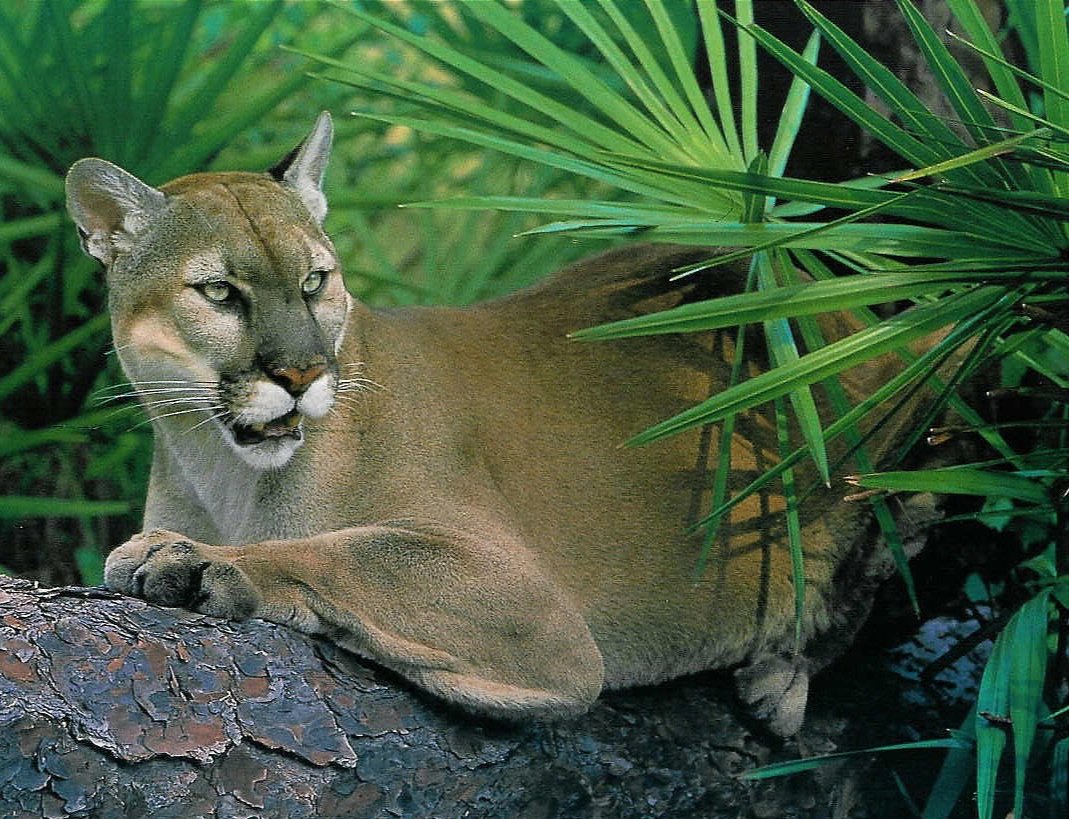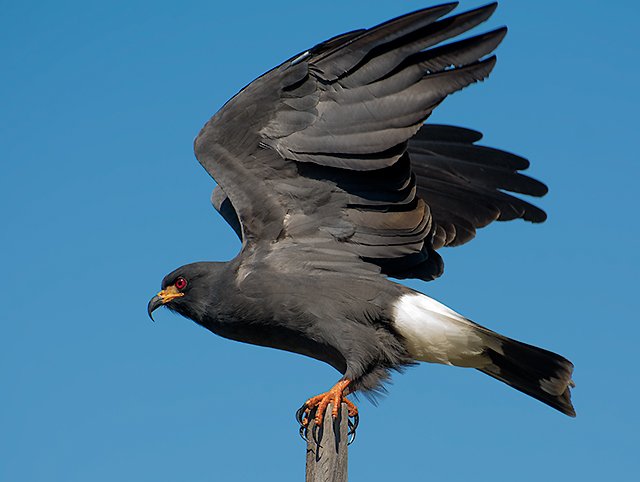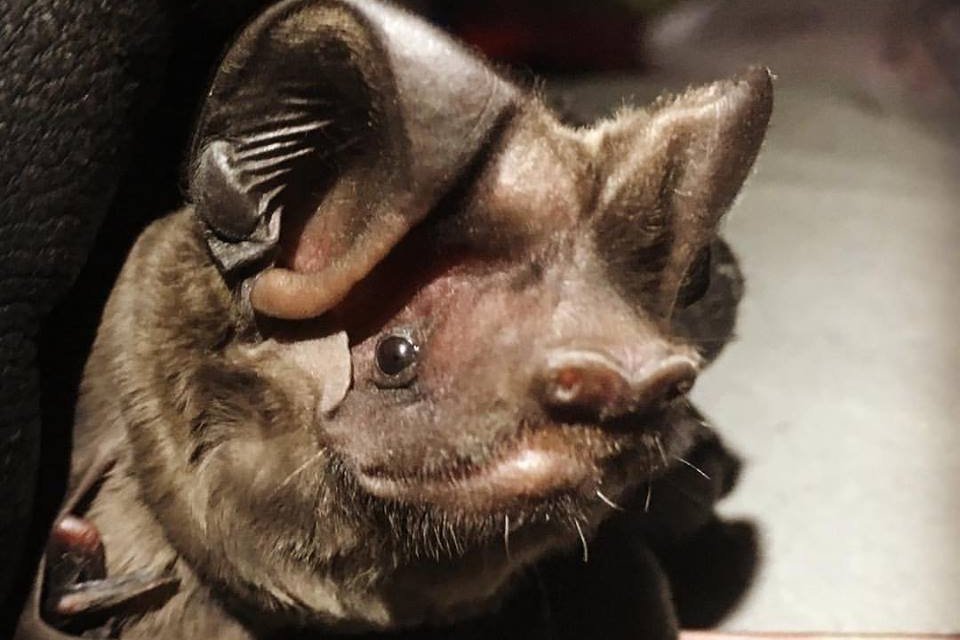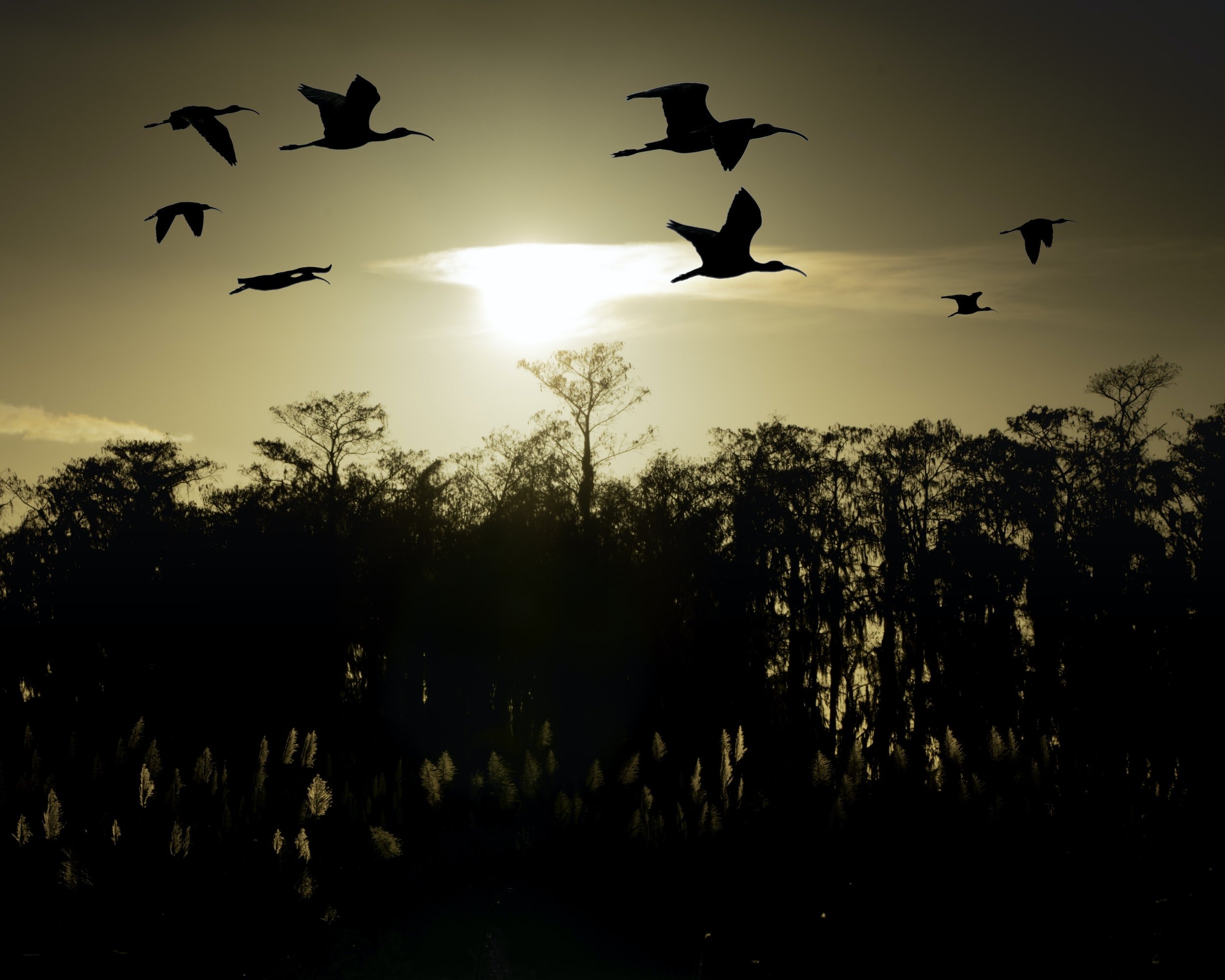
Everglades National Park
The Florida Everglades is unlike anything else in the world! The only subtropical nature preserve in North America spanning 1.5 million acres is a must see attraction in South Florida.
The Everglades is often referred to as a "river of grass" due to its expansive and slow-moving shallow water flow. It is fed by the Kissimmee River and the vast system of interconnected lakes and marshes that make up the headwaters of the Everglades.
The ecosystem is home to a diverse range of plant and animal species, including wading birds, alligators, turtles, snakes, and a variety of fish. It also provides habitat for endangered species such as the Florida panther and the Everglade snail kite.
The park has a unique hydrological cycle, where water is slowly released from the north to the south, sustaining the intricate network of marshes, mangroves, and sawgrass prairies. The water is filtered through limestone and vegetation, creating a natural purification system.
However, the Everglades face numerous environmental challenges, including habitat loss, invasive species, water pollution, and altered water flow due to human activities. Restoration efforts are underway to restore the natural flow of water and protect the ecosystem's delicate balance.
It is not only a vital habitat but also a significant cultural and recreational area. It attracts millions of visitors each year who come to explore its unique landscapes, observe wildlife, enjoy boating and fishing, and learn about the rich natural and cultural history of the region.
The Everglades provides the opportunity to visit nine distinct types of ecosystems including mangroves, coastal lowlands, cypress domes, freshwater marl prairies, freshwater slough, pinelands, hardwood hammock, marine and estuarine waters. More information on these habitats here.
The Everglades is home to the largest concentration of endangered or vulnerable species in the United States. Thirty nine native species found in the park are federally listed as endangered or threatened. Some of the unique species found in the Everglades are:
Florida Panther
Lignum Vitae (Guaiacum sanctum)
West Indian Manatee
Wood Stork
Ghost Orchid (Dendrophylax lindenii)
Snail Kite
Florida Bonneted Bat
American Crocodile
Cape Sable Seaside Sparrow
The Trails
-
Anhinga Trail
The trail is wheelchair accessible and is 0.8 miles (1200 meters) round trip.
From the main park entrance (Ernest Coe Visitor Center), drive 4 miles (6 km) to Royal Palm Visitor Center. Follow the broad paved path along Taylor Slough that retains water all year round. The water makes this a haven for wildlife. Cormorants hang out along the stone wall. Alligators love to sun themselves on the grass in this area. At the end of the pavement, you’ll pass a boardwalk on the left at 0.2 mile. Continue straight ahead to an observation deck with a view over the marsh where you might see nesting egrets, herons, and roseate spoonbills in the tree canopy. Return and turn right to follow the boardwalk along the slough to get a view of alligators, pond apple, cormorants and in the summer months, orchid sprays on the trunks of the trees. Along the boardwalk is a spur trail on the right that leads to an observation platform over a broader part of the slough, where alligators can be seen. Return to the main path and turn right. The boardwalk offers views of the sawgrass prairies off to the right before it ends again at the paved trail.
-

Gumbo Limbo Trail
The trail is wheelchair accessible and is 0.4 miles (600 meters) round trip.
At Royal Palm Visitor Center, also home of the Anhinga Trail, the Gumbo Limbo Trail is a paved path that gets you up close and personal with a tropical hardwood hammock. Hardwood hammocks usually sit 3 feet higher than the surrounding terrain. The trail winds into the hammock with plentiful signs identifying species of plants and interesting facts about the habitat.
An overlook offers a view of a solution hole, holes form by the gradual erosion of the limestone bedrock by acidic rain water. There are several at different points along the trail. The trail crosses a short boardwalk over a broad solution hole that holds a small marsh where cattails grow along the edge. Keep an eye for the red-winged black bird as it sings a song that sounds a lot like “coco frio! coco trio!” As the trail ends, you emerge from the woods facing the visitor center, adjacent to the parking area.
-

Pahayokee Overlook Trail
The trail is wheelchair accessible and is 0.16 miles (260 m) round trip.
From the Ernest Coe Visitor Center, follow the Main Park Road for 13 miles towards Flamingo. Turn right at the sign for Mahogany Hammock and follow the road for 1.7 miles to the parking area at the trailhead. Begin at the boardwalk entrance on the right and follow it out to the sawgrass prairie. At the observation tower, you are surrounded by cypress trees atop a small tree island. From here you can see incredible vistas across the prairie. Look straight down to see more water-filled solution holes. They are often the only water source for wildlife during the dry season. The boardwalk leads you through the cypress canopy and back down to the forest floor.
Pa-Hay-Okee is the Seminole word for “River of Grass”. This trail is a short boardwalk leading to a tall observation tower. Both provide an expansive view of the true glades that gave the park its name. The types of grass that grow here are muhly grass, Everglades beargrass and arrowhead. Sawgrass, which is not a true grass but a hedge, can also be seen here. Red-shouldered hawks, common yellowthroats, red-winged blackbirds, vultures, pygmy rattlesnakes, indigo and king snakes are common in this area.
-

New Long Pine Key Trails
The trail is not wheelchair accessible and is over 22 miles (35 km) of connecting trails. Bicycles allowed.
Many trails start around the Long Pine Key Campground, 7 miles (11 km) from the main park entrance/Ernest Coe Visitor Center. You may also park on road shoulders near the gates where trails meet paved roads.
The pine canopy offers a glimpse into an unusually diverse pine forest with over 200 plants, many that can be found nowhere else on earth. The elusive Florida Panther lives in the pinelands along with whitetail deer, opposums, raccoons and the native Florida leafwing and Bartram’s scrub hairstreak butterflies.
-

Mahogany Hammock Trail
The trail is wheelchair accessible and is 0.5 miles (800 meters) round trip.
Twenty miles (32 km) from the main park entrance. Turn right at the sign for Mahogany Hammock and follow the road for 1.7 miles to the parking area at the trailhead. The hike starts out by crossing a virtual moat in the Shark Valley Slough, coming up to a stand of paurotis palms.
The boardwalk trail meanders through a dense, jungle-like hardwood hammock. Lush vegetation includes gumbo-limbo trees, air plants, and the largest living mahogany tree (Swietenia mahogani) in the United States. Wildlife found here include golden orb weaver, Liguus tree snail, barred owls as well as other birds and insects.
-

West Lake Trail
The trail is wheelchair accessible and is 0.5 miles (800 meters) round trip.
Seven miles (11km) north of the Flamingo Visitor Center on the main park road.
The trail was heavily damaged when Hurricane Irma passed through the area in 2017 but reopened in 2022. Take the boardwalk into the shady mangrove forest, where bromeliads can be seen growing on branches of the mangroves. You’ll find a forest of white mangrove (Laguncularia racemosa), black mangrove (Avicennia nitida), red mangrove (Rhizophora mangle), and buttonwood (Conocarpus erectus) trees on this short loop. The mangrove region is a nursery for fish and crustaceans like mullet, snapper, stone crabs, shrimp and spiny lobsters.
-

Shark Valley Trails
Address: 36000 SW 8th Street, Miami, Florida 33194
Drive to Shark Valley Visitor Center and drive/bike/walk the 15 mile (24 km) loop road to see a variety of wildlife that inhabit the waterway which is the headwaters for Shark River. Alligators, snakes, otters, herons, egrets, Key deer, turtles and snail kites are native to this area. The loop road is also used for tram rides that include services of ranger-naturalists. The 70 foot observation tower along the road provides a spectacular panoramic view.
Also available are two short walking trails: Bobcat Boardwalk - Accessible boardwalk, 0.2 miles and the Ottercave Trail - Unpaved trail, 0.3 miles
What Can We Do To Protect It?
-

Become a Citizen Scientist
There are many citizen science platforms where users can upload photos and observations of plants, animals, and other organisms they encounter in the wild. They use artificial intelligence to help identify the species in the photos, and the data collected is used for scientific research and conservation efforts. It also provides resources for learning about and identifying different species, as well as connecting with other naturalists and researchers around the world.
-

Support Conservation Organizations
One way to help protect the Everglades is by supporting organizations that work to protect and restore the ecosystem, such as the Everglades Foundation or the National Parks Conservation Association. More organizations can be found here.
-

Reduce Water Consumption
The Everglades depend on a steady supply of fresh water, but much of the water that would naturally flow into the ecosystem has been diverted for human use. By reducing your water consumption at home, you can help ensure that there is enough water to support the Everglades.
-

Reduce Your Carbon Footprint
Climate change is a major threat to the Everglades, as rising temperatures and sea levels can alter the ecosystem and harm the wildlife that depend on it. By reducing your carbon footprint through actions such as driving less or using energy-efficient appliances, you can help mitigate the impacts of climate change.
-

Practice Responsible Outdoor Recreation
If you visit the Everglades, be sure to follow Leave No Trace principles and avoid damaging the fragile ecosystem. Stay on designated trails, pack out all trash, and avoid disturbing wildlife.
-

Educate Others
Spread the word about the importance of the Everglades and the threats facing it. By educating others, you can help build support for conservation efforts and ensure that the ecosystem is protected for generations to come.
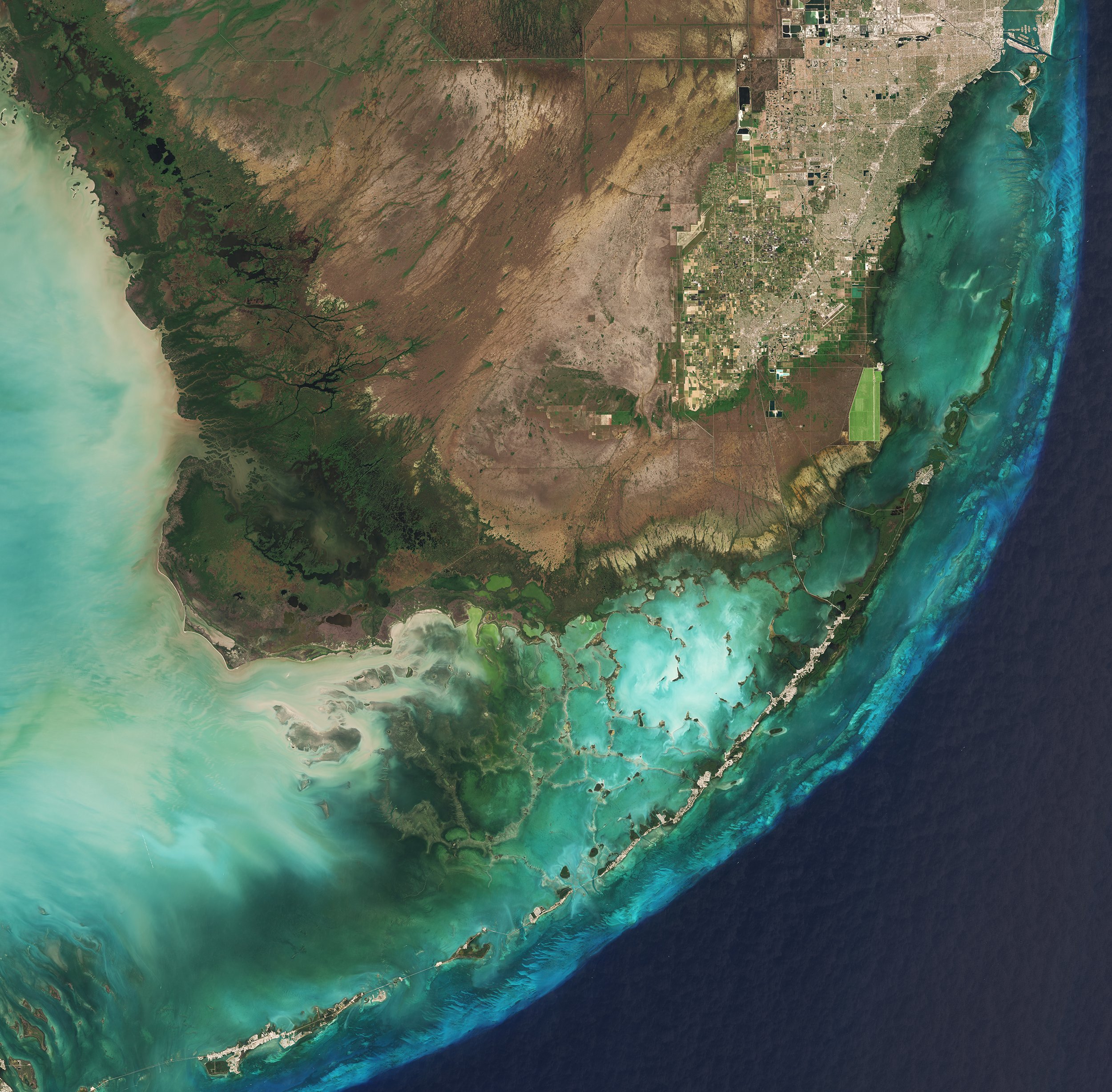
Protecting the Everglades
Going on a nature walk is a great way for children to explore and learn about ecosystems. Here are some activities they can do to learn more:
-

Collect and identify specimens
Encourage children to collect and identify leaves, flowers, rocks, and other specimens they find on the walk. This will help them learn about the different species that make up the ecosystem.
-

Observe and record
Ask children to observe the different animals and plants they see on the walk and record their observations in a journal or notebook. They can note the color, shape, size, and behavior of the organisms they encounter.
-
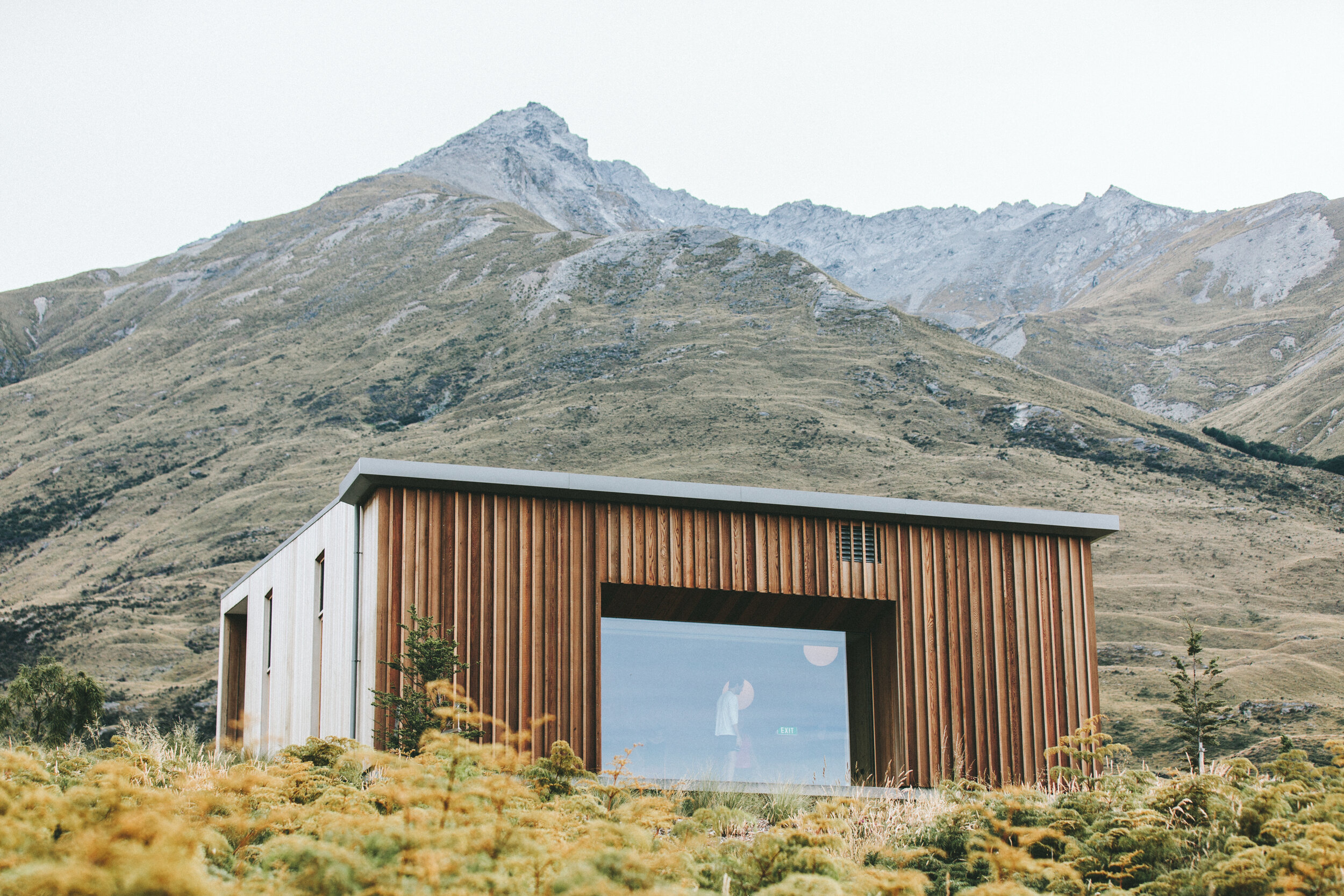
Habitat exploration
Encourage children to explore the different habitats within the ecosystem, such as a pond, a forest, or a meadow. They can learn about the different plants and animals that live in each habitat and the unique features that make them suitable for those organisms.
-

Food chain game
Play a game where children pretend to be different organisms in the ecosystem and try to figure out what they eat and what eats them. This will help them understand the interconnectedness of different species within the ecosystem.
-

Scavenger hunt
Create a scavenger hunt with a list of items that can be found in the ecosystem, such as a shell, a butterfly, or a bird's nest. This will encourage children to explore and observe the environment more closely.
-

Soil investigation
Dig into the soil and examine it closely. Children can look for different types of soil, such as sandy or clay soil, and observe the different organisms that live in the soil, such as earthworms and beetles.
-

Water exploration
Explore a nearby stream or pond and learn about the different plants and animals that live in or near the water. Children can also learn about the water cycle and the importance of clean water for all living things.


